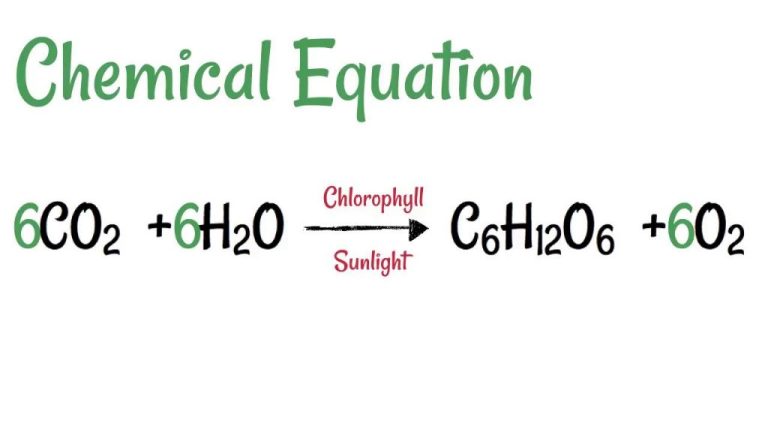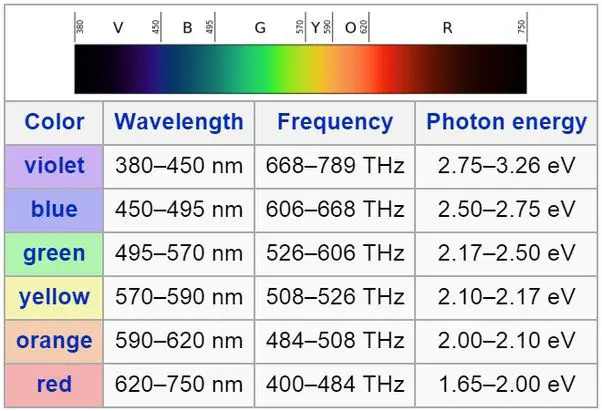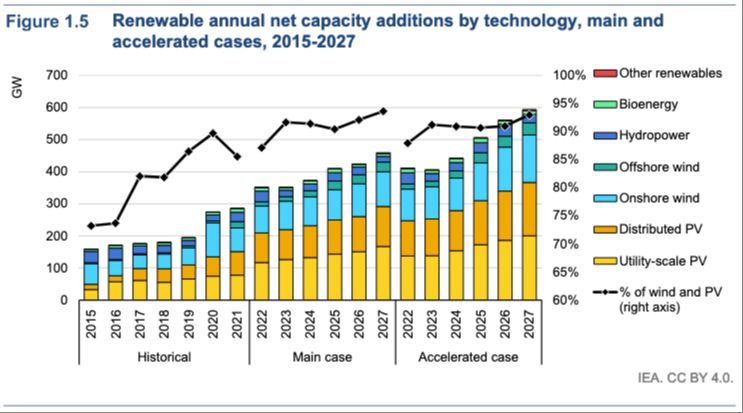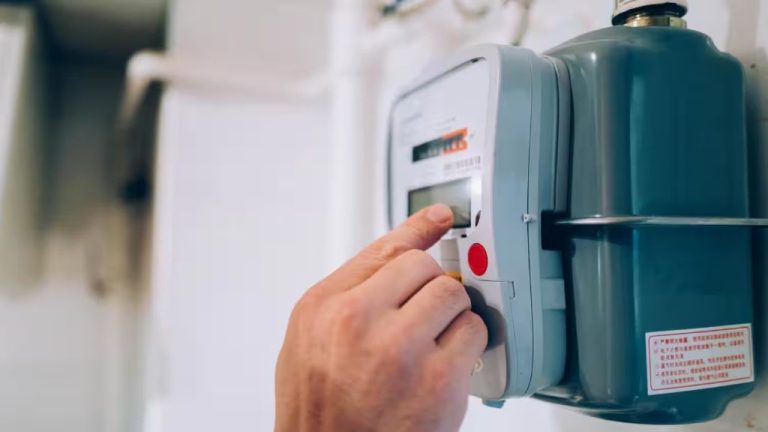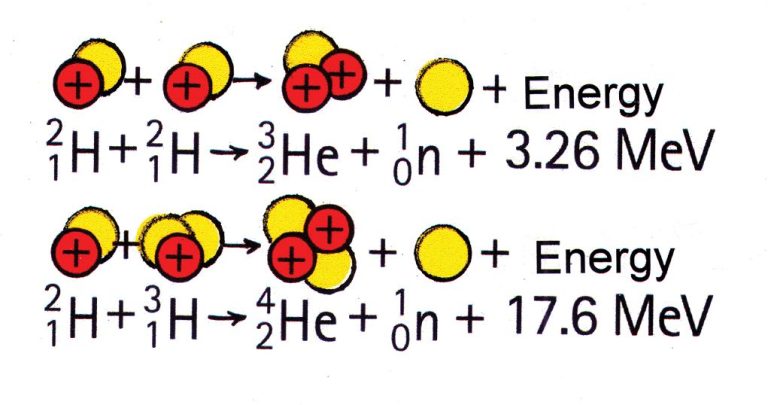How Much Pollution Is Caused By Making Solar Panels?
Solar power has emerged as a key renewable energy source in recent years. As the costs of solar panels have declined dramatically, installations have soared around the world. Solar power offers a clean source of electricity that does not produce any emissions or air pollution. However, like any technology, manufacturing solar panels does have some environmental impacts.
This article explores the amount of pollution caused by making solar panels. It looks at the different manufacturing processes, materials, energy use, carbon emissions, water usage, and contaminants. Comparisons are provided to other energy sources. The article also discusses improvements being made to reduce the pollution and impacts from solar panel production.
Manufacturing Processes
The manufacturing of solar photovoltaic (PV) panels involves several steps to produce the silicon wafers and assemble the panels. Here is a basic overview of the manufacturing process:
Silicon Purification – High purity silicon is required for solar cells. Silicon is purified through chemical processes into a crystalline form called polysilicon. This involves heating silicon with hydrochloric acid, treating it with gases, and eventually growing rods of pure polysilicon.
Ingot Formation – The purified polysilicon is melted and cast into cylindrical ingots. These ingots are sliced into thin wafers using wire saws or by laser cutting.
Cell Fabrication – The silicon wafers are processed into solar cells through steps like surface texturing, doping, coating, and contact printing. This results in the formation of the p-n junction that generates electricity from sunlight.
Module Assembly – The solar cells are assembled and encapsulated between sheets of glass and plastic polymers to form a weatherproof solar module/panel. The panels are then framed and shipped to installation sites.
Materials Used
Solar panels are primarily made up of silicon, glass, aluminum, copper and various other materials. Here’s a quick overview of the main materials:
Silicon – The solar cells that convert sunlight into electricity are made of silicon. Solar grade silicon is refined and purified via complex chemical and thermal processes.
Glass – Solar panels have a top protective layer made of strengthened glass. This protects the silicon cells from weather and impact.
Aluminum – Solar panel frames are made of aluminum, which provides structural rigidity while remaining lightweight and corrosion resistant.
Copper – Copper wiring is used to connect together the solar cells and allow electrical currents to flow out of the panels.
Encapsulants – Special encapsulant materials protect the silicon cells from moisture and the environment.
Polymers – Plastics and polymers are also used in junction boxes, cables and other components.
Energy Usage
The production of solar panels is an energy-intensive process. Manufacturing polysilicon, the main material used in photovoltaic solar panels, is particularly energy-hungry. Polysilicon must be heated to over 1,800°F to produce the hyperpure form needed for solar cells. This thermal process accounts for the majority of energy used in manufacturing solar panels.
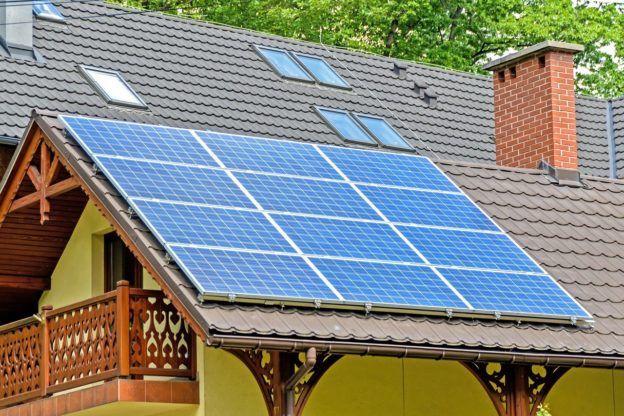
According to analysis by the National Renewable Energy Laboratory (NREL), producing solar panels requires an average of 5,000 kilowatt-hours (kWh) of electricity per kilowatt (kW) of panel capacity. For reference, the average US household consumes about 11,000 kWh of electricity per year. So producing 1 kW worth of solar panels consumes about half the amount of electricity an average home uses annually.
However, it’s worth noting that the energy payback time for solar panels is relatively short. Within just 1-4 years of use, a PV system generates enough clean electricity to offset the energy used in its production. And solar panels continue producing emission-free energy throughout their 25+ year lifespan.
Carbon Emissions
The manufacturing of solar panels does generate carbon emissions, primarily from the energy required during production. The main source of emissions is the polysilicon purification process, which is energy intensive and often relies on fossil fuels. A typical solar panel will generate around 50 grams of CO2 per kilowatt-hour produced over its lifetime. However, this is far less than conventional sources like coal power plants, which average between 740-910 grams of CO2 per kWh.
Overall, solar energy still has a significant net reduction in emissions compared to fossil fuels. One analysis estimates solar power causes 85-90% less emissions per kWh than burning coal and 45-60% less than natural gas. Though manufacturing does create some emissions, solar offsets far more over its operating lifetime. Improvements in solar manufacturing efficiency can further reduce its carbon footprint going forward.
Other Air Pollutants
The production of solar panels can also generate air pollutants like nitrogen oxides (NOx), sulfur oxides (SOx), and particulate matter. Nitrogen oxides are produced from high temperature processes like smelting silicon and other panel components. Sulfur oxides result from trace amounts of sulfur in raw materials reacting during heating. Particulates can be released from mechanical processes like cutting and grinding solar wafers.
The amount of these pollutants varies based on the manufacturing process, abatement technologies used, and the source of energy for production. For example, factories in China relying on coal power tend to generate higher emissions of NOx, SOx, and particulates compared to European facilities using cleaner energy sources.
Proper emissions controls like scrubbers, filters, and low-NOx burners can help reduce these air pollutants. But manufacturing solar panels will inherently generate some amount of air emissions, which need to be minimized. Although far less than fossil fuel power plants, it’s still an environmental concern for the rapidly growing solar industry.
Water Usage
The production of solar panels requires significant amounts of water, especially in the manufacturing process. Water is used for cleaning the semiconductor wafers, rinsing between processing steps, and cooling equipment. The exact amount of water used varies based on the specific manufacturing process and technology.
One estimate is that it takes around 20 gallons of water to manufacture a typical 260-watt solar panel. So a solar farm with 100,000 panels would use at least 2 million gallons of water in production. However, newer solar panel technologies are becoming more water-efficient.
Most of the water used is cleaned and recycled during manufacturing. But wastewater discharge still contains contaminants like acids, metals, polymers and solvents. Proper treatment systems are required to avoid polluting local water sources.
While solar power plants themselves require very little water once operational, the water usage in panel manufacturing is still substantial. This needs to be considered, especially in arid regions where water availability is limited.
Water Contaminants
Making solar panels can produce high volumes of wastewater contaminated with chemicals and heavy metals. Some of the major water contaminants are:
- Hydrochloric acid – Used for cleaning and etching solar cells. Toxic and can cause environmental damage if discharged untreated.
- Sulfuric acid – Also used for cleaning cells. Highly corrosive and hazardous.
- Slurry waste – Slurry is used for slicing silicon wafers. Contains silica and kerf loss (sawdust waste). Abrasive and harmful if released.
- Heavy metals – Like lead, cadmium and copper. Toxic to ecosystems and can accumulate in the environment.
- Solvents – Such as acetone, isopropyl alcohol, trichloroethylene. Volatile organic compounds that are dangerous pollutants.
Improperly handled effluent containing these contaminants can be very damaging if released into water supplies or bodies of water near production facilities.
Comparisons
When compared to other energy sources like coal, natural gas, and nuclear, solar panels have a relatively low environmental impact over their lifespan. Fossil fuel power plants produce significant greenhouse gas emissions through burning coal, oil, or natural gas. The mining and extraction of fossil fuels also damages local environments. Nuclear power creates radioactive waste that must be carefully stored for thousands of years. In contrast, once solar panels are manufactured and installed, they generate clean electricity from sunlight without emitting greenhouse gases or producing waste byproducts during operation.
One key consideration is that solar power requires more materials and energy to manufacture per unit of electricity produced compared to fossil fuel power plants. But studies show the “energy payback time” for solar panels is just 1-4 years. After this break-even point, solar panels generate clean energy for 25-30 more years. Their lifespan emissions are far below those of conventional energy sources over the long run.
Reducing the Environmental Impact of Solar Panel Manufacturing
While solar panel production does have environmental impacts, there are ways to minimize these through technological improvements and process changes.
Some ways to reduce the footprint of solar manufacturing include:
-
Using more energy-efficient manufacturing equipment and facilities powered by renewable energy sources.
-
Improving recycling processes to recover more raw materials from manufacturing waste and end-of-life panels.
-
Developing new solar cell designs and chemistries that require less energy, water, and raw materials.
-
Optimizing supply chains and distribution networks to reduce transportation emissions.
-
Implementing eco-friendly manufacturing practices like water recycling and responsible chemical management.
-
Purchasing carbon offsets to counteract unavoidable emissions.
-
Researching alternative lower-impact materials to replace current components.
With a combination of technology improvements, process enhancements, and responsible manufacturing, the solar industry can continue expanding sustainably.

